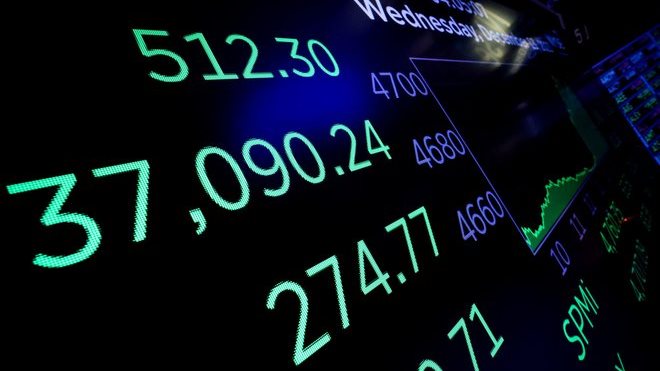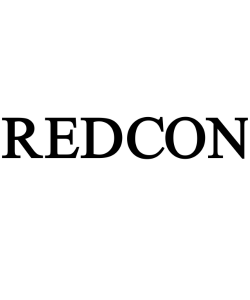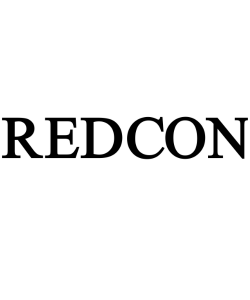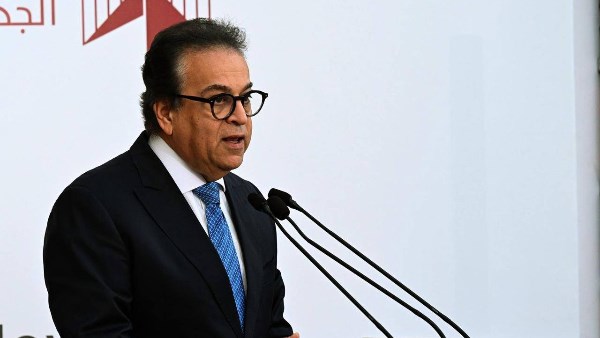
The Dow Jones Industrial Average traded 1,051.53 points lower, or 2.7%
Dow tumbles 1,000 points as Trump's Powell attacks add to investors' concerns

Stocks fell again on Monday as President Donald Trump ramped up his attacks on Federal Reserve Chair Jerome Powell, raising questions about the central bank’s independence, while traders received little signs of progress on global trade talks.
The Dow Jones Industrial Average traded 1,051.53 points lower, or 2.7%. The S&P 500 shed 2.8%, and the Nasdaq Composite lost 3.1%.
The “Magnificent Seven” tech titans traded lower, with Tesla and Nvidia respectively losing 7% and 5%. Amazon shed 4%, while Advanced Micro Devices and Meta Platforms slipped 3%. Equipment manufacturer Caterpillar also declined 3%.
In a Truth Social post, Trump claimed that the economy would slow unless Powell — who he referred to as “Mr. Too Late, a major loser” — lowered interest rates immediately. This follows another post last week in which Trump also called for the Fed to lower rates, even hinting at Powell’s “termination” — something White House economic advisor Kevin Hassett said the president’s team was studying.
Stocks fell to their session lows after Trump’s post on Monday. The dollar was also under pressure, hitting a three-year low as the threats ramped up. Gold, meanwhile, soared to record highs above $3,400 per ounce.
Fed independence
Investors are dealing with “with a fresh source of macro anxiety: Trump’s threats to Fed independence,” wrote Adam Crisafulli of Vital Knowledge. “This threat is related to Trump’s trade war as Powell and his colleagues are forced to stay on the sidelines due to the prospect of a tariff-induced inflation spike over the coming months despite recent market volatility and rising downside growth risks.”
“The concurrent slump in stocks, the USD, and Treasuries suggests Trump’s trade war has set in motion an exodus from American financial assets that no amount of negotiating can reverse,” Crisafulli wrote.
Lack of progress on trade
Investor confidence was also hurt by a lack of progress on global trade. If anything, tensions seemed to increase with China with the country warning other nations not to strike any deal with the U.S. that would hurt China.
The S&P 500 is down more than 8% since since April 2, when Trump announced a raft of levies on imports from other countries. The Nasdaq has lost nearly 10% in that time, and the Dow has fallen 9%.
“We’re really thinking about this as a bit of an endless environment in terms of direction ... and that’s in particular because we just don’t know where tariffs end up,” said Robert Haworth, senior investment strategist at U.S. Bank, in an interview with CNBC. “This is a market trying to get clarity on direction, and not getting a lot of conclusions.”
Haworth added: “If uncertainty continues for an extended period of time — meaning multiple quarters — I think that becomes more challenging for corporate earnings and decision making, and we’ve seen some of that in the earnings season so far.”





-1120252475029447.jpg)
-920252122624392.jpg)
















